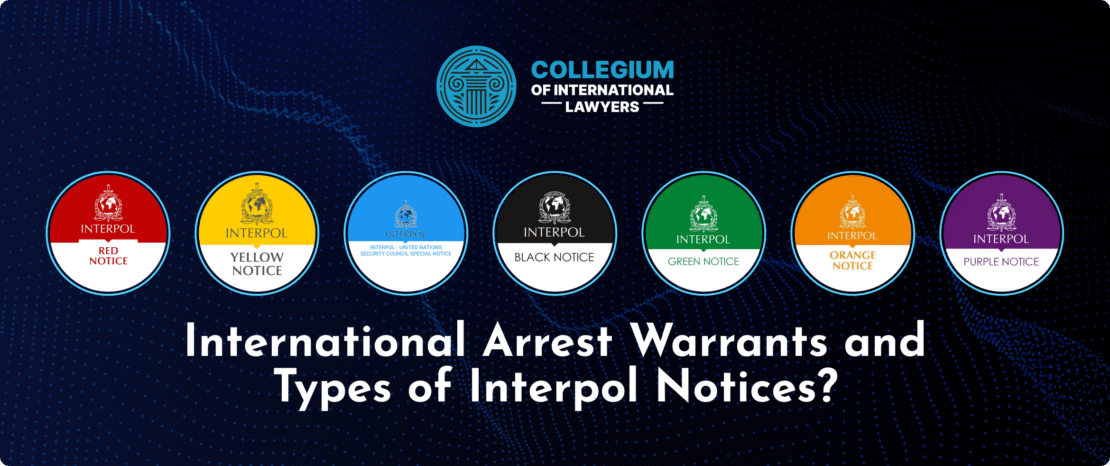
Immigration Options for Couples: Navigating Together Towards a New Beginning
Immigration can be a challenging and complex process, especially for couples who wish to be together in a new country. It’s essential to understand the different immigration options for couples www.laprogressive.com/immigration-reform/spouse-visa-guide available to couples in order to make informed decisions that best suit their needs. This article provides a comprehensive overview of the various pathways available for couples looking to navigate the immigration landscape together.
1. Spouse Visa
The spouse visa is one of the most common pathways for couples. It allows a foreign spouse to join their partner in the country where the latter is a citizen or permanent resident. The process typically requires proof of a legitimate marriage, such as a marriage certificate, photographs, and joint financial documents. The applicant may also need to undergo a medical exam and provide a criminal background check. Once granted, the spouse visa allows the foreign spouse to live and work in the new country and can often lead to permanent residency.
2. Fiancée Visa
If you are not yet married but intend to marry your partner, a fiancée visa might be the right option. This visa allows a foreign fiancée to enter the country for a specified period to marry their partner. The couple must marry within a certain time frame after the fiancée arrives, usually within 90 days. Similar to the spouse visa, applicants must provide proof of the relationship, including communication records, photographs, and information about the intended wedding plans.

3. Partnership or Cohabitation Visa
Many countries offer partnership or cohabitation visas for couples who have been living together but are not legally married. These visas grant the same rights as a spouse visa and often require proof of a long-term commitment, such as joint leases, shared finances, and identification of both partners. The requirements vary significantly depending on the country, so it’s important to research specific guidelines and documentation needed for eligibility.
4. Family Reunification
Family reunification programs are designed to keep families together. If one partner is a citizen or permanent resident of a country, they may be able to sponsor their foreign partner for immigration through this program. Criteria often vary from country to country, and usually, proof of the relationship and financial stability is mandatory. Family reunification tends to be one of the more straightforward paths for couples.
5. Employment-Based Immigration
In some cases, employment-based immigration options can benefit couples. If one partner secures a job offer from a company in a foreign country, they may be able to bring their spouse along on a dependent visa. This route typically involves applying for an employment visa and then securing a dependent visa for the spouse, allowing both partners to live in the new country, with the dependent often allowed to work as well.
6. Diversity Visa Lottery

Some countries, like the United States, have a Diversity Visa Lottery system that provides individuals from underrepresented nations the opportunity to apply for a green card. Couples may apply together, which increases their chances since both partners would have individual applications. Winning the lottery can transform the couple’s life, leading to new opportunities and experiences in a new country.
7. Refugee or Asylum Status
Certain couples may qualify for refugee or asylum status due to persecution in their home countries. This option is for individuals who face threats due to their identity, beliefs, or affiliations. If one partner is granted asylum or refugee status, their spouse may also be eligible to apply for derivative status to come to the new country. This path can be quite complex, with stringent qualifications and processes involved.
8. Naturalization
Once a couple has settled in a new country through any of the aforementioned pathways, they may wish to consider the process of naturalization. Naturalization enables immigrants to become citizens, granting them voting rights and other privileges. The requirements for naturalization generally include a certain period of residency, proof of good moral character, and passing civics and language tests. Couples should explore this option once they meet the necessary criteria and are ready to fully integrate into the society.
Conclusion
Immigrating as a couple can be a rewarding but intricate experience. Understanding the various immigration options available is crucial for making informed decisions and successfully navigating the process. Each pathway has its own set of requirements, timeline, and challenges. Therefore, it’s wise for couples to consult with immigration lawyers or advisors who can guide them through the specific requirements based on their situation. With careful planning and determination, couples can achieve their dream of living together in a new country.
0 Comments